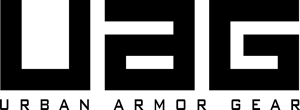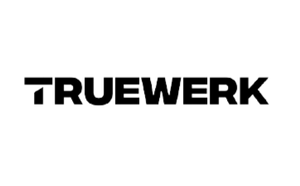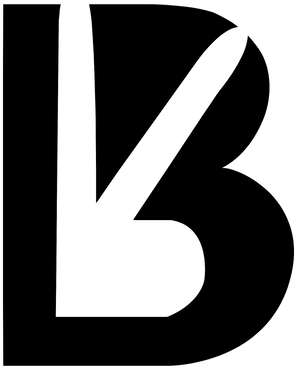You’re running ads on Facebook, you’re running ads on Google, you’ve got some ads maybe on Spotify and Pandora along with a constant stream of email responses opens and click rates. One of the biggest questions becomes, how do you manage all of this information, and not only that, but how do you attribute which campaign brought in the eventual sale?
This information is very important to know, so that you can track and assess the effectiveness of your campaigns and adjust your ad spend in the direction that seems to be the most fruitful. When tracking results of Facebook ad campaigns, many businesses use Facebook conversion tracking alongside Google Analytics. Most of the time the data is not the same. This can be a problem. Who do you trust?
For the sake of brevity, we’ll focus just on Facebook and Google.
Facebook and Google Analytics have two different methods of calculating ROI (Return on Investment) when it comes to deciding which source to give credit for each order being placed. This can be very confusing for a lot of brands because Facebook shows one set of data and Google shows something completely different.

Let’s start with Facebook. Facebook has a more robust analytical platform for one main reason; Facebook uses a Pixel to track users across several days of behavior after the user interacts with an ad. Due to the longevity of life of this Pixel, Facebook can more accurately attribute conversions to the correct ad, whenever it was last seen. This prolonged tracking after the initial interaction is what gives Facebook such an accurate form of tracking because some users don’t make that purchase until days later when other tracking has fallen off.
For example, when someone makes a purchase after viewing an ad served 7 days ago, Facebook will attribute the conversion back to the day the ad impression was made. What this means is that depending on the scope of time you are looking at, it could change your data. This is a fundamentally different approach to the way Google operates.
Google Analytics

Google Analytics only views the day of and notes the conversion on the day that the ad was interacted with. Google’s analytical tool does not track users after they leave the store, they look at a much smaller window, as long as the session lasted and from where the session/conversion directly came from. Due to the difference in duration of tracking Facebook ends up being more useful for a longer timeline while Google Analytics does a great job at the end of the funnel when it comes to tracking.
Example
Let’s take this scenario as an example:
- A user clicks into an ad on Facebook.
- The user leaves the site.
- Later, they search for the product using Google.
- The user clicks one of the links in the Google search results.
- They buy the product.
- Facebook tracking will attribute this conversion to Facebook
- Google Analytics will attribute it to direct traffic.
As we can see in this example, although this user ended up converting in the end, the length of time it took for them to get to that conversion changes the way that the two tracking platforms attribute the revenue.
Conclusion
Neither Facebook or Google is wrong. No one tool is more or less credible mainly because of human behavior. Since most users are not exclusive with their content viewing, they may require several impressions over several days over several mediums to get a conversion. At the end of the day, it is a case of discrete vs continuous conversion metrics. You have to ask yourself the question, what are you truly measuring? If you would like to get a lifecycle view then Facebook may be a better option, but if you want to get granular with what the actual conversion ended up looking like, Google may be your better bet.
Considering all that has been laid out here it’s important to remember that the digital advertising space is continually evolving at an ever more rapid pace and we are excitedly waiting for the technology to catch up, and give us the ability to see black-and-white results. Until then, just take what you can get and try and look at the picture from afar rather than from up close.
After all, Van Gogh’s “Starry Night” looks like paint splotches until you take two steps back and see the pieces add up to one. Your campaigns are your masterpiece, and you have to sometimes analyze their success from a top down view.

















